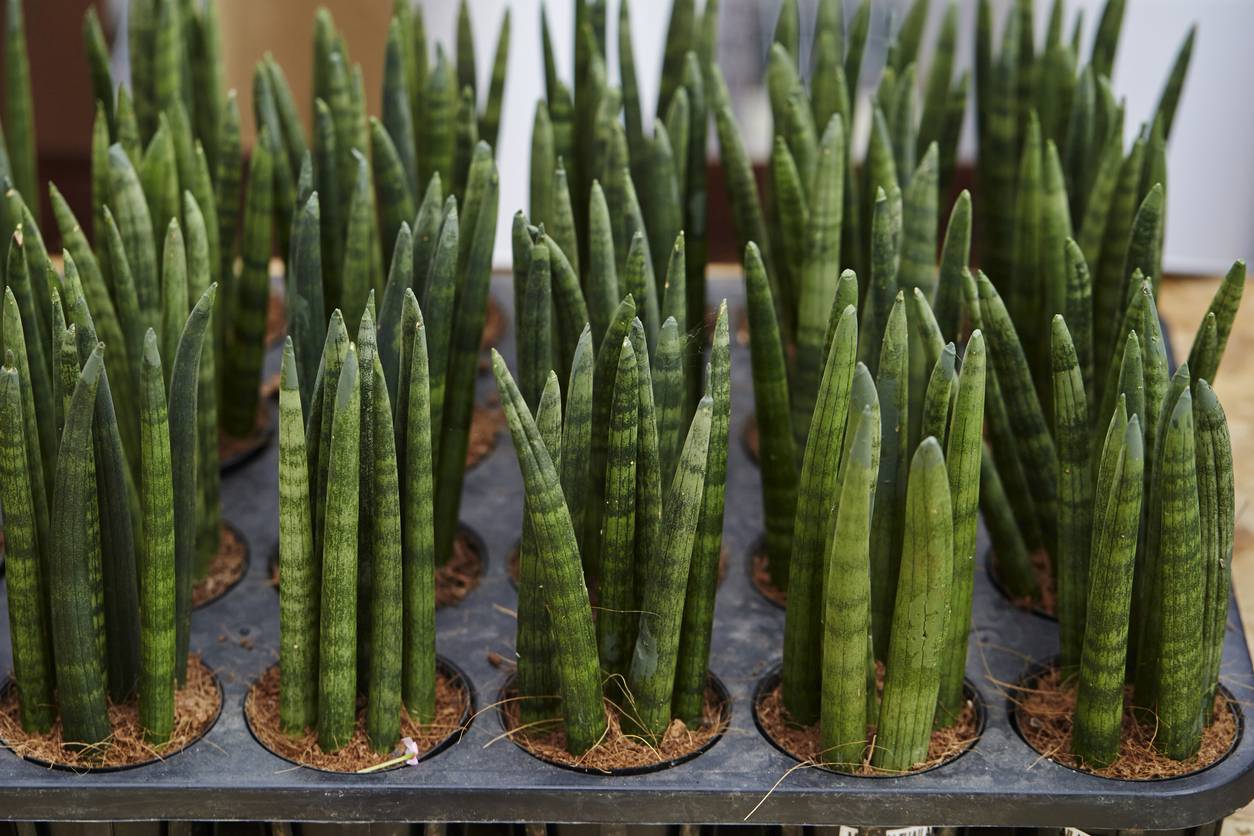
Source www.diys.com
Introduction
Welcome to the ultimate guide on caring for your Sansevieria Snake Plant! Whether you’re a beginner or an experienced gardener, this article will provide you with all the essential tips and tricks to ensure your plant thrives. With its striking appearance and low maintenance requirements, the Sansevieria Snake Plant has become a popular choice for indoor plant enthusiasts. So, let’s dive into the world of Sansevieria Snake Plant care and learn how to keep these remarkable plants flourishing!
Known for its characteristic long, wavy leaves and resilience, Sansevieria Snake Plant is native to arid regions of West Africa. Not only does it bring a touch of elegance and beauty to any space, but it also acts as an excellent air purifier, removing toxins from the surrounding environment. So, let’s uncover the secrets to cultivating a healthy and vibrant Sansevieria Snake Plant!
Choosing the Perfect Location
1. Indirect Sunlight is Key
Sansevieria Snake Plants thrive in bright, indirect sunlight, making them adaptable to a range of indoor environments. Avoid exposing your plant to harsh, direct sunlight as it can scorch the leaves. Place your Snake Plant near a window with sheer curtains or in a partially shaded spot to mimic its natural habitat.
In low-light conditions, such as north-facing windows, your Snake Plant can still survive, but growth may be slower. However, be cautious not to place the plant in deep shade for extended periods as it could impact its overall health.
2. Ideal Temperature Range
Sansevieria Snake Plants are incredibly resilient when it comes to temperature fluctuations. They can tolerate a wide range, but ideally, maintain the temperature between 70°F and 90°F (21°C – 32°C) during the day and above 50°F (10°C) at night. Avoid exposing the plant to cold drafts or sudden temperature changes, as it can lead to leaf damage.
However, if your Snake Plant is exposed to slightly lower temperatures, it may slow down its growth and overall activity. Just ensure to protect it from frost or extremely low temperatures to prevent any harm.
Proper Watering Techniques
1. The Drought-Tolerant Plant
One of the most advantageous characteristics of the Sansevieria Snake Plant is its ability to tolerate drought conditions. They have succulent-like leaves that store water, allowing them to survive in environments with infrequent watering. It’s essential to strike a balance and avoid overwatering, which can cause root rot and other issues.
Allow the soil to dry out partially before giving your Snake Plant a thorough watering. Stick your finger about an inch into the soil, and if it feels dry, it’s time to water. During the winter months when growth slows down, reduce watering intervals to prevent waterlogged soil.
2. Smart Watering Practices
When watering, pour water directly onto the soil, avoiding the leaves. This prevents the leaves from sitting in moisture, which can lead to fungal diseases. Use room temperature water, allowing it to sit for 24 hours before watering to allow chlorine and other chemicals to evaporate.
Ensure adequate drainage by using a well-draining potting mix and a pot with drainage holes. If your Snake Plant is in a decorative pot without drainage, be cautious not to let water accumulate at the bottom, as it can promote root rot. In such scenarios, consider using a nursery pot with drainage that fits inside the decorative pot.
Table Breakdown of Sansevieria Snake Plant Care
| Category | Requirement |
|---|---|
| Light | Bright, indirect sunlight |
| Temperature | Day: 70°F – 90°F (21°C – 32°C) Night: Above 50°F (10°C) |
| Watering | Allow soil to partially dry between waterings |
| Soil | Well-draining potting mix |
| Fertilizer | Monthly during spring and summer |
| Pruning | Remove yellow or damaged leaves |
Frequently Asked Questions (FAQ)
1. How often should I fertilize my Sansevieria Snake Plant?
Your Snake Plant requires fertilization once a month during the spring and summer months. Use a well-balanced, diluted liquid fertilizer, and follow the instructions provided.
2. Can I propagate my Sansevieria Snake Plant?
Absolutely! Sansevieria Snake Plants are easily propagated through leaf cuttings or division. Both methods yield excellent results, allowing you to expand your collection or share with fellow plant lovers.
3. Why are the leaves of my Snake Plant turning yellow?
Yellowing leaves can indicate overwatering or root rot. Ensure that you’re allowing the soil to dry partially between waterings and that the pot has proper drainage. Trim any yellow leaves to promote healthier growth.
4. Is the Sansevieria Snake Plant safe for pets?
The Snake Plant is known to be toxic to cats, dogs, and other pets if ingested. Keep them out of reach of curious pets to prevent any potential harm.
5. Can I keep my Snake Plant in a dark corner of the room?
While Sansevieria Snake Plants can tolerate low-light conditions, they still require bright, indirect sunlight to thrive. Placing them in a dark corner may result in stunted growth and lack of vibrancy in the leaves. Aim for moderate light conditions to ensure optimal health.
Conclusion
Caring for your Sansevieria Snake Plant doesn’t have to be a daunting task. By providing it with the right amount of light, maintaining an ideal temperature range, mastering proper watering techniques, and following a few essential guidelines, you’ll be rewarded with a stunning, healthy plant that adds life to any space.
Remember, each Snake Plant is unique, and it may take some time to figure out the best care routine for your specific plant. Observing its behavior, listening to its needs, and making necessary adjustments will go a long way in keeping your Sansevieria Snake Plant thriving for years to come!